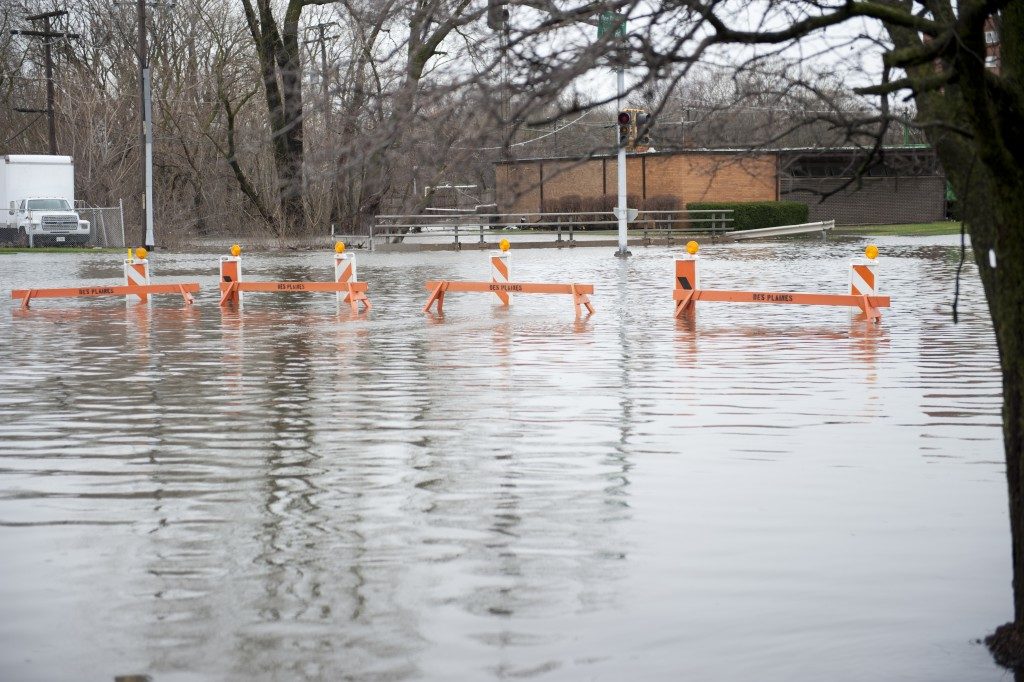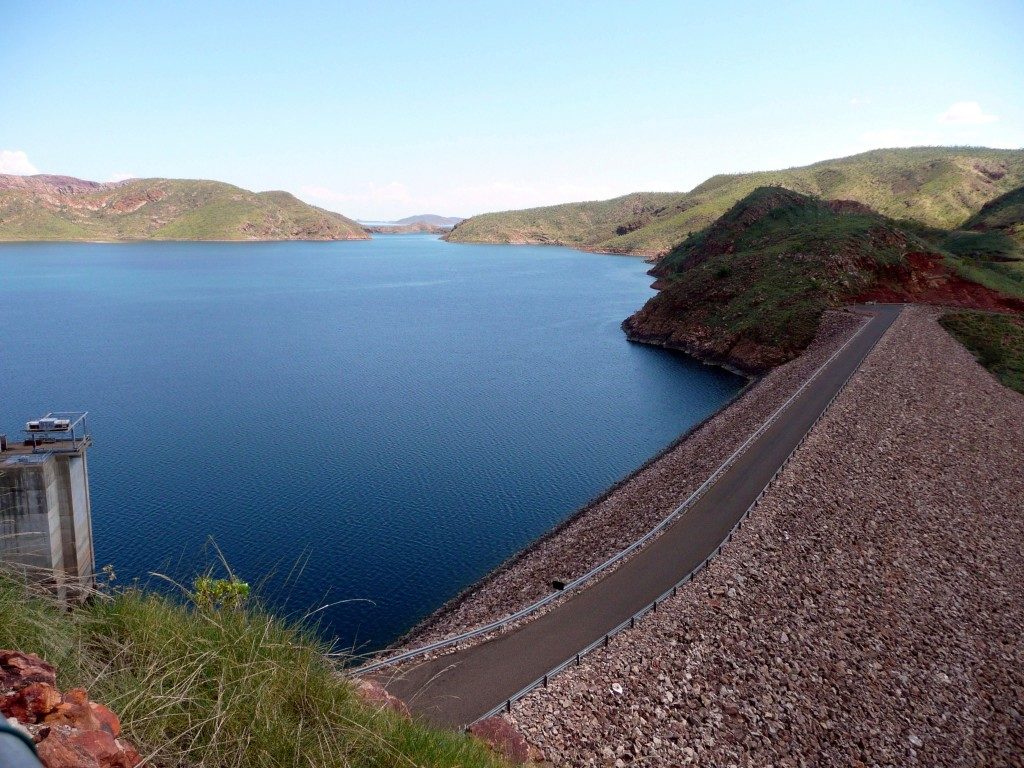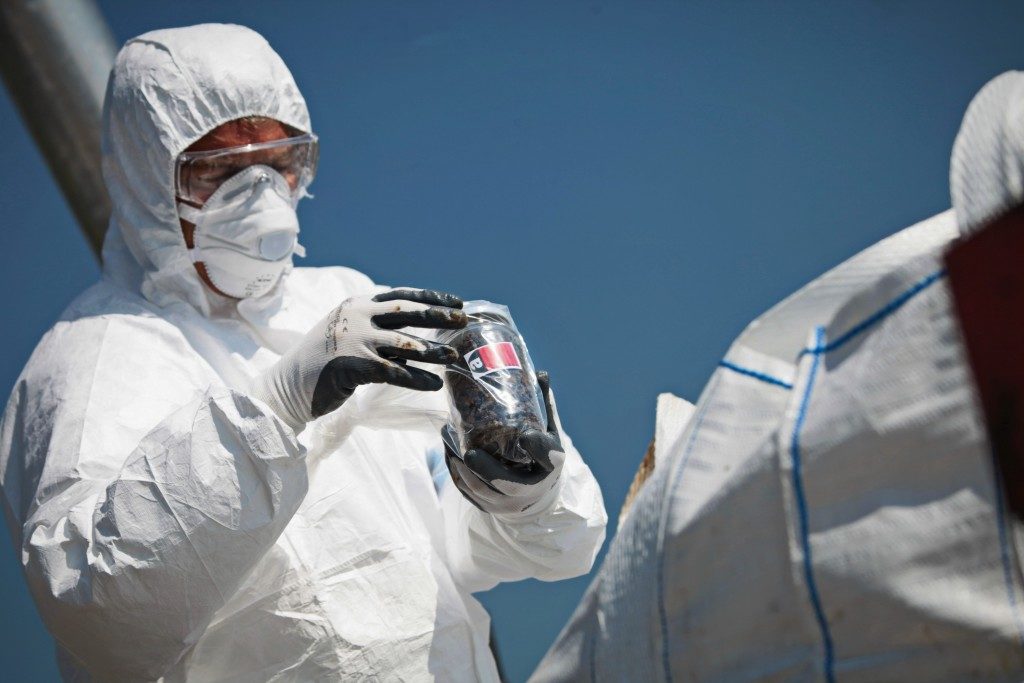 In August 2005, New Orleans was devastated by Hurricane Katrina, leaving in her wake some 1,464 dead and up to $70 billion worth of property damages. The threat of flooding continues to this day when we’re well in our way into reproducing animals and humans artificially. Floods have devastating consequences, affecting communities, economies, people, animals, and the environment. Yet, even the most progressive governments in the world continue to suffer from the effects of natural disasters that cause flooding.
In August 2005, New Orleans was devastated by Hurricane Katrina, leaving in her wake some 1,464 dead and up to $70 billion worth of property damages. The threat of flooding continues to this day when we’re well in our way into reproducing animals and humans artificially. Floods have devastating consequences, affecting communities, economies, people, animals, and the environment. Yet, even the most progressive governments in the world continue to suffer from the effects of natural disasters that cause flooding.
Experts say that the failure of levees, floodwalls, and other flood control management systems in New Orleans were the worst engineering disaster in the history of the United States. During the height of Hurricane Katrina, 80% of New Orleans were believed to have been submerged in flood, with some parts under 15 feet or 4.6 meters of water.
Just a few days ago, heavy rain slams New Orleans, bringing flooding to the streets as the National Weather Service issued a flash flood warning. Again, it has brought to the forefront of the news the issue about flood control management and which states, such as New Orleans, and basically every country in the world can do to prevent flooding from devastating lives and livelihoods again.
What Causes Floods?
Floods are frequent occurrences in low-lying areas that are located near rivers and streams. When rivers overflow, their banks can cause flooding as water flows downstream to the adjacent low-lying areas. This also happens when snow melts and rivers cannot contain the water. But there are many other factors that cause floods such as rain, heavy precipitation, unusually high tides, failure of dams, retention ponds, tsunamis, and destruction of structures that are supposed to contain water. The clogging of sewage systems also leads to small and frequent flooding in areas where garbage collection and disposal continue to be a problem.
What Are the Effects of Flooding?
Flooding has many effects. During Hurricane Katrina and other similar calamities around the world, flooding caused loss of lives, damages to private properties and public structures, disruption of daily traffic, and the destruction of the environment. Water can carry chemicals and other hazardous substances to lands and oceans. It can pollute farmlands and waterways.
In 2011, a huge tsunami hit Japan and caused floods that destroyed nuclear plants structures, which released high levels of radiation. The Japanese government said that it will take years before the radiation in Fukushima dies down.
Flooding also caused damages to homes and public structures. So many people and animals are left homeless because floods destroyed their properties and disrupted the flow of potable water and electricity. It could also cause cases of infections to rise as floods bring military fever, dermatopathy, pneumonic plague, and dysentery.
How to Control Flood Water?

Flood management is a massive engineering project. It falls under two categories: hard engineering and soft engineering. Hard engineering refers to artificial structures that control flood water such as dams, levees, wing dikes, channel straightening, and diversion spillways, while soft engineering techniques are floodplain zoning, afforestation, wetland restoration, and river restoration.
Hard engineering techniques are expensive and need the employment of professionals for the construction, repair, and maintenance. On the other hand, soft engineering methods are cheap (and sometimes free) but takes a lot of effort and time as they encourage communities and neighborhoods to participate in the protection of water sources.

